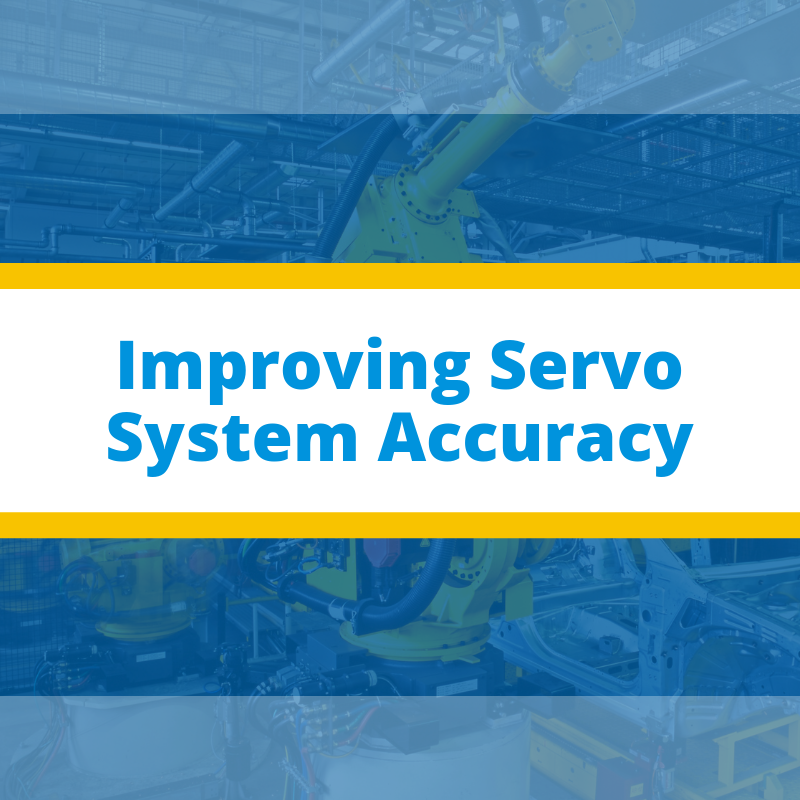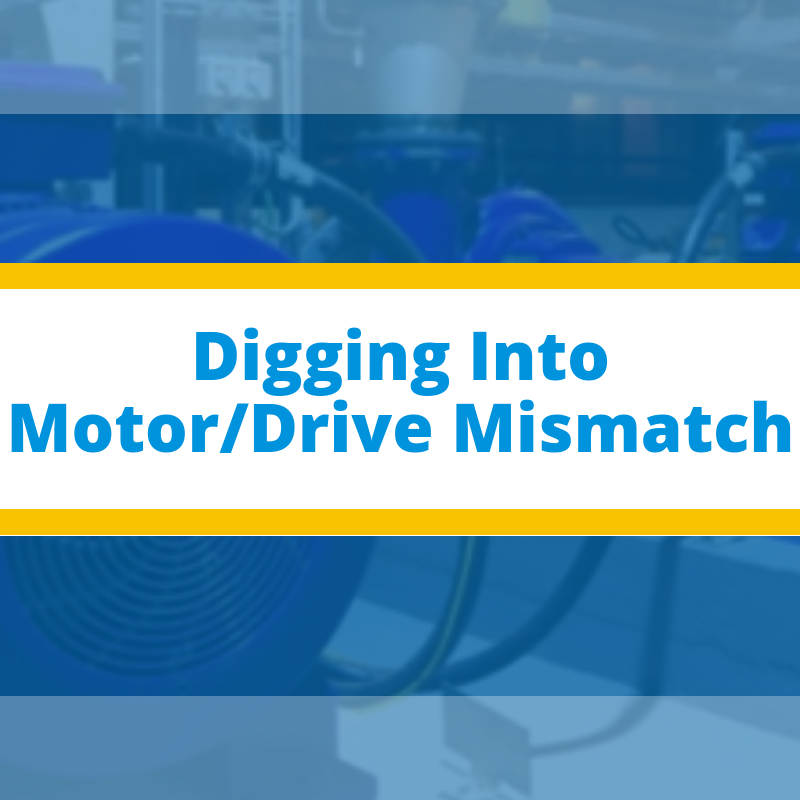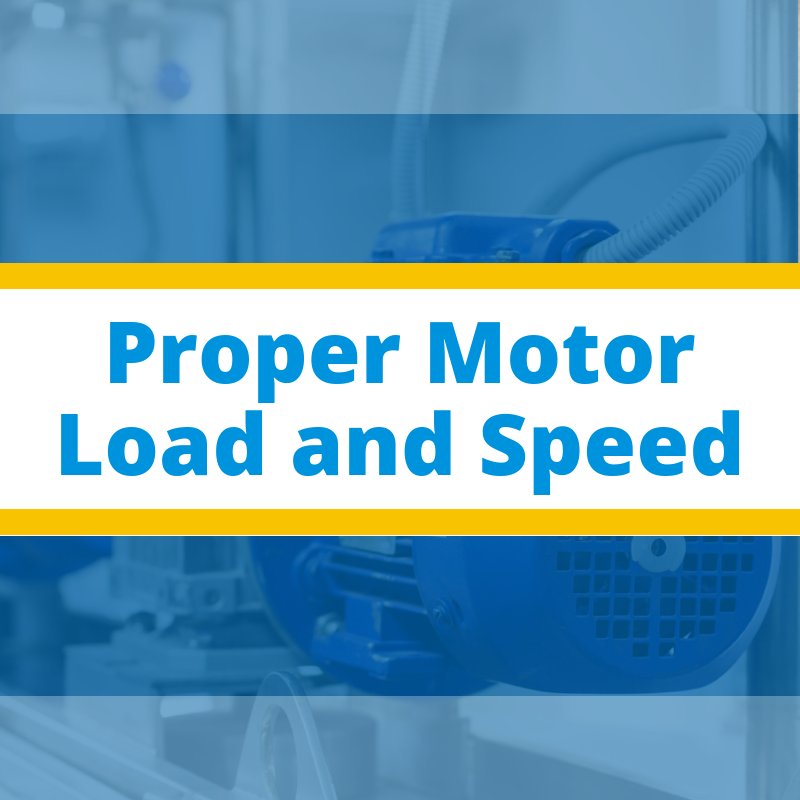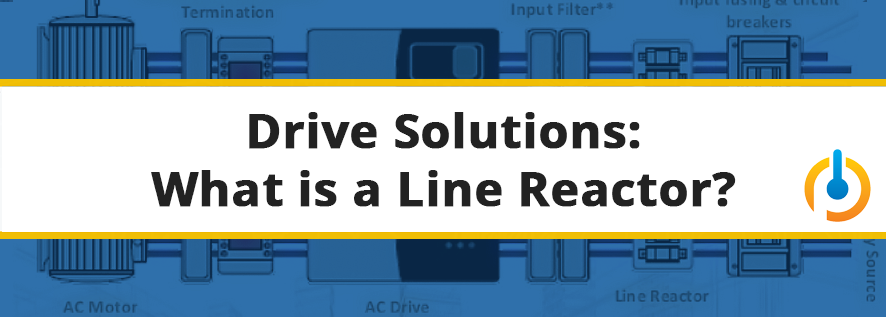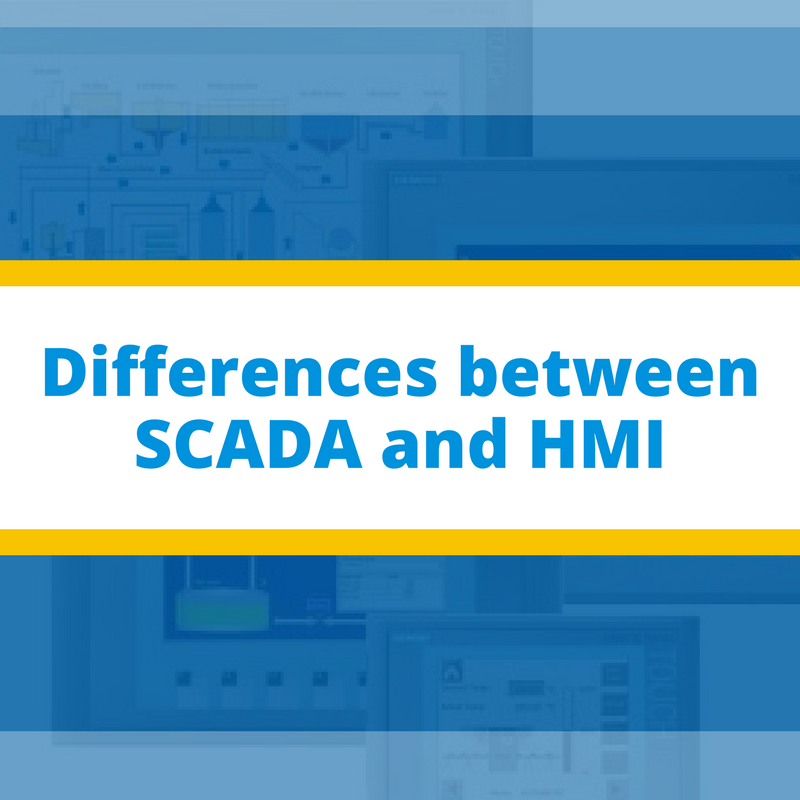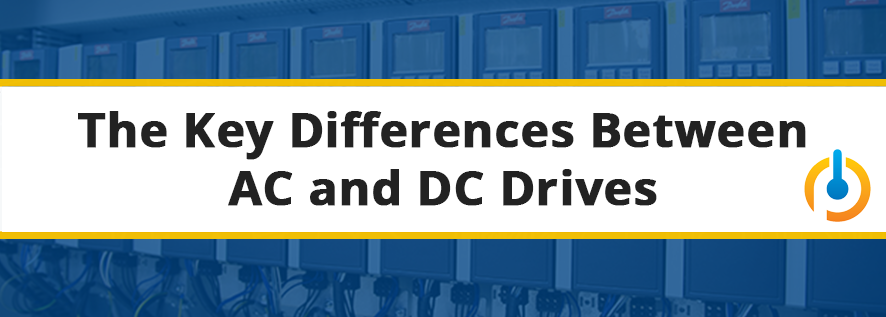How Premier Automation Helped Modernize Critical Mill Operations at Gary Works
VFDs and Harmonics
The early 1950's marked the entry of one of the most revolutionary products in the history of industrial automation: the Variable Frequency Drive. Since then, the product design has evolved and refined at an increased pace. Even in the 21st century, there is no alternative in sight, and thanks to continued improvement, VFDs have solidified their position in the field of automation.
Motion control applications utilize a plethora of servomotors and machine actuators. Proper selection and integration are necessary for top-level accuracy and profitability. There are some factors that must be considered during and after the design process to ensure that the system works at peak efficiency and accuracy. The type of load, duty cycle and mechanical transmission all effect the accuracy of the system.
VFDs are incorporated into motor control to improve process efficiency and bring down maintenance episodes, but some plant managers experience the opposite. Why? Quite certainly, this is the result of a mismatch between motors and drives.
One may think of variable speed drives to be the culprit, but the fact is, they don’t make motors fail. It is incorrect planning and selection that is the root cause. Modern drive technology should not be sidelined due to fears of motor failures.
With every passing year government regulations pertaining to industrial motors are becoming more stringent. This is combined with technological breakthroughs that are making Variable Frequency Drives (VFDs) more efficient, leading to greater efficiency in motor designs and operation. It is well known that when an efficient motor is operated at low speeds it can limit losses in control applications.
Inrush currents can surge up to eight times the nominal current within a motor when it is started through direction line. Such surges can be extremely hazardous for the entire distribution network and can cause voltage dips as well as mechanical damage to the motor itself. It is for these reasons that utilities and government regulatory bodies have started to raise the requirements for three-phase induction motors. For instance, after the initial IEC 60034-30:2008 regulation, the Amendment 04/2014 was released that dealt with energy consumption, efficiency and classes of three phase induction motors.
A line reactor (also referred to as a "choke") is a variable frequency drive (VFD) accessory. It consists of a coil of wire that forms a magnetic field as current flows through it. This magnetic field limits the rate of rise of the current, thus reducing harmonics and protecting the drive from power system surges and transients.
Many beginner automation enthusiasts often fail to establish appreciable differences between Supervisory Control & Data Acquisition (SCADA) and Human Machine Interfaces (HMIs). They often confuse both these entities as being similar and working for the same end-result. While the latter may be true, as in the end achieving automation is the desired result, the two terms are quite different and have limited overlap.
While AC and DC drives each have specific uses, which is best for your project? In order to make this decision, one must first understand the benefits of each type of drive. Today AC drives are used much more frequent because of the precision that can be obtained from driving motors with them. Should you be looking for raw power, DC is the best choice. Let's review the advantages and most common uses for each drive to understand how to identify drive solutions for your application.
AC Drives vs. DC Drives
The need for Electric Drives is universal, and is increasing at a resounded rate due to constant innovation in the field of industrial automation—specifically robotics. Electric Drives offer the most efficient solution to controlling the output of a motor, and therefore are widely used in almost all industries, big or small.
Variable Frequency Drives (VFDs) are required for precise control of speed, position and torque at different loads, which is not efficiently achievable through other methods such as introducing resistance. Some of the benefits of Electric Drives, AC or DC are:
- A high level of efficiency in an industrial environment
- Have a predictable behavior
- Allow the control of starting current
- Have faced great advancement in recent years and are now embedded with microprocessors and digital electronics components





